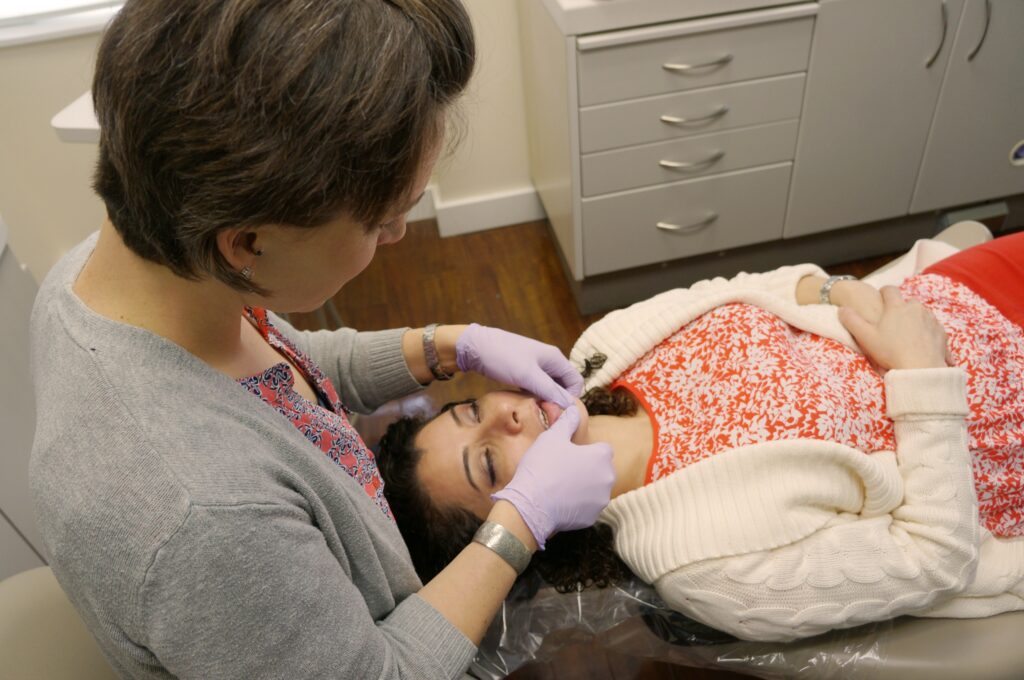By: Dr. Leonard A. Hess, DDS
Clinical Director, The Dawson Academy
The Article Originally Appeared on TheDawsonAcademy.com
Properly loading the joints tells you several things about the root cause of some patients’ problems. This will also determine how functionally stable the patient is.
Let’s start with the first item.
1. Indicate if the Joint is Healthy
You’re going to determine whether you’re dealing with a healthy joint. This determines whether you can move forward with taking diagnostic records. You remember when you begin the 2D and 3D process, we have to understand what type of joint we’re dealing with.
If we’re dealing with an unstable joint, we don’t proceed with restorative treatment planning. We must treat the joint first. Load testing is a great way to determine whether you have a healthy joint or an unhealthy joint.
The technique involves loading the joint in three increments and asking permission from your patient between each increment to determine whether there’s any tension or tenderness. Joint loading really determines whether you have an occlusal muscle issue or an actual joint issue.
If it’s an occlusal muscle issue, your patient usually will indicate there’s some tension during loading. If you have a joint problem, the patient will indicate that there’s usually tenderness upon joint loading.

2. Indicate the Slide Between CR and MI
Once you verify centric relation after fully loading the joint, loading the joint also helps determine whether there is a difference between centric relation (CR) and maximum intercuspation (MI).
In most cases, you can visibly see that slide between the two points, and that’s critical because if that’s the slide that you’re dealing with, now you have an understanding of your vertical dimension of occlusion.
Documenting that slide is critical when you’re joint loading because then you can verify that once you mount your models.
I highly recommend that you document consistently, and verify this when you mount your models in centric relation.
In Conclusion
I hope these points help you, and I hope you keep loading your joints during the examination.


